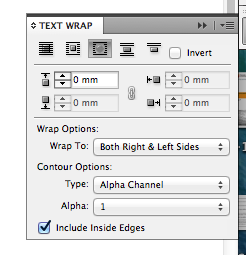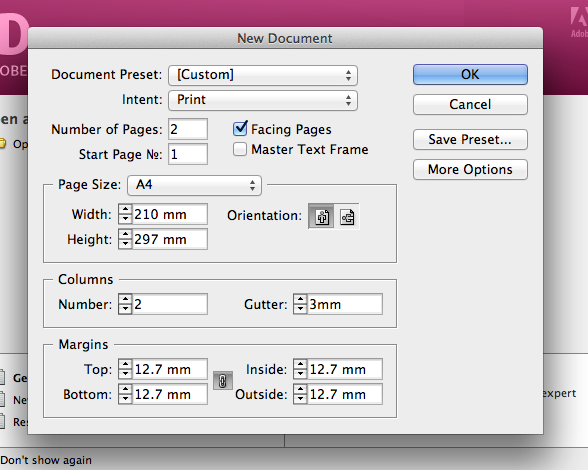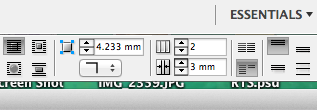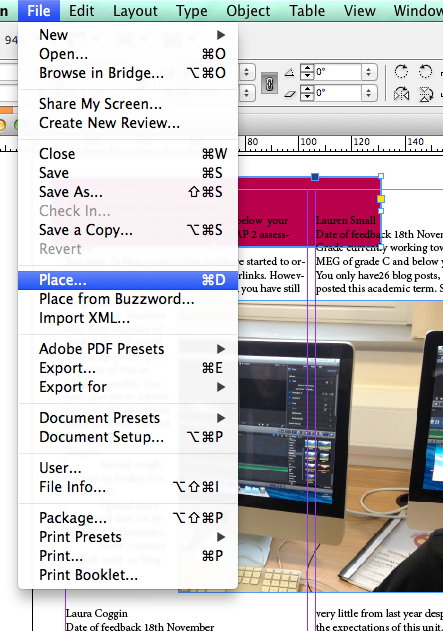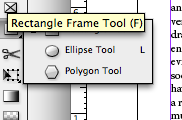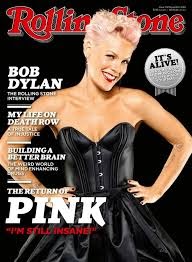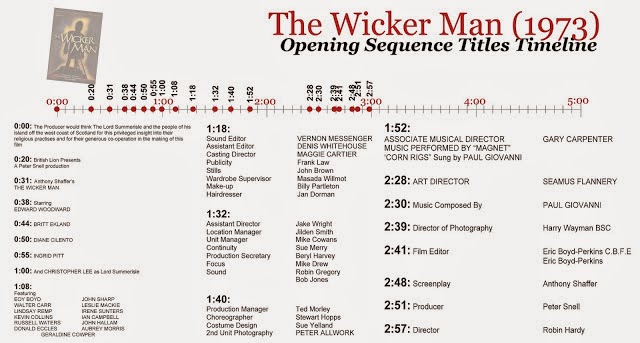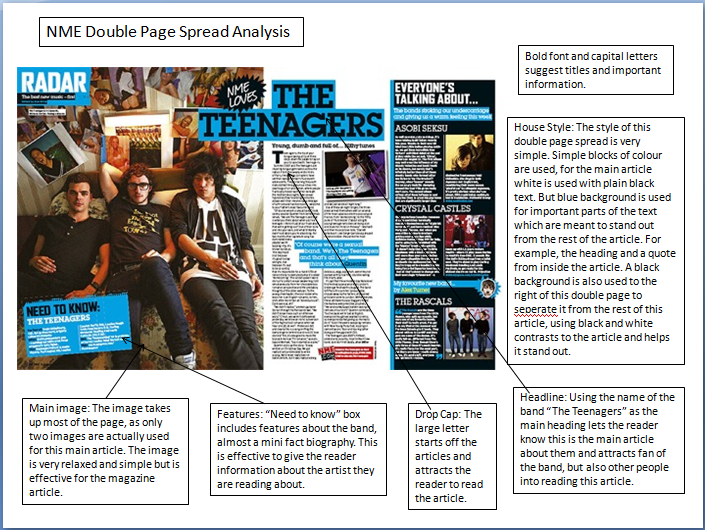AS detailed analysis:
You must conduct research into similar media products. When you create your own product you must show that you understand the micro elements and be able to discuss the connotations of these. Remember the micro elements create meaning for the audience!
Presentation: this task can be presented in a
PowerPoint or Word document. Make sure the video/image analysed are embedded onto your blog correctly.
Video
Choose the opening sequence of a film noir/horror/thriller. Analyse the first 3-5 minutes of the sequence. This should be an integrated analysis of all the elements below. Make sure that you use images to break up the text and exemplify your points.
1. Discuss the Cinematography (camera and mise en scene).
2. Discuss how sound is used throughout to create meaning and underscore the action. Use appropriate media terminology.
3. How is the narrative introduced to the audience?
4. How are the characters represented in the film?
5. Finally comment on how the titles are integrated within the film. Discuss the order of the titles and the style of font.
Print
Choose the front page, contents and double page spread of a magazine. Make sure you choose a genre similar to the genre you wish to make a music magazine for. Use the magazines in class if you wish. Take a picture and post onto your blog.
1. Discuss the font and images used on the front page/contents/double page spread. Consider how these create meaning for the audience and reveal the genre of the product.
2. Identify the conventions of the product and analyse the layout of the front page/contents/double page spread.
3. Analyse the story and language used in the copy. What is the feature about? What kind of questions are asked in the feature? How is the story told - does the story use quotes etc. Describe the register which is used in the copy - is it formal, informal, consultative, casual or intimate?
4. Summarise the house style shown in the products.



